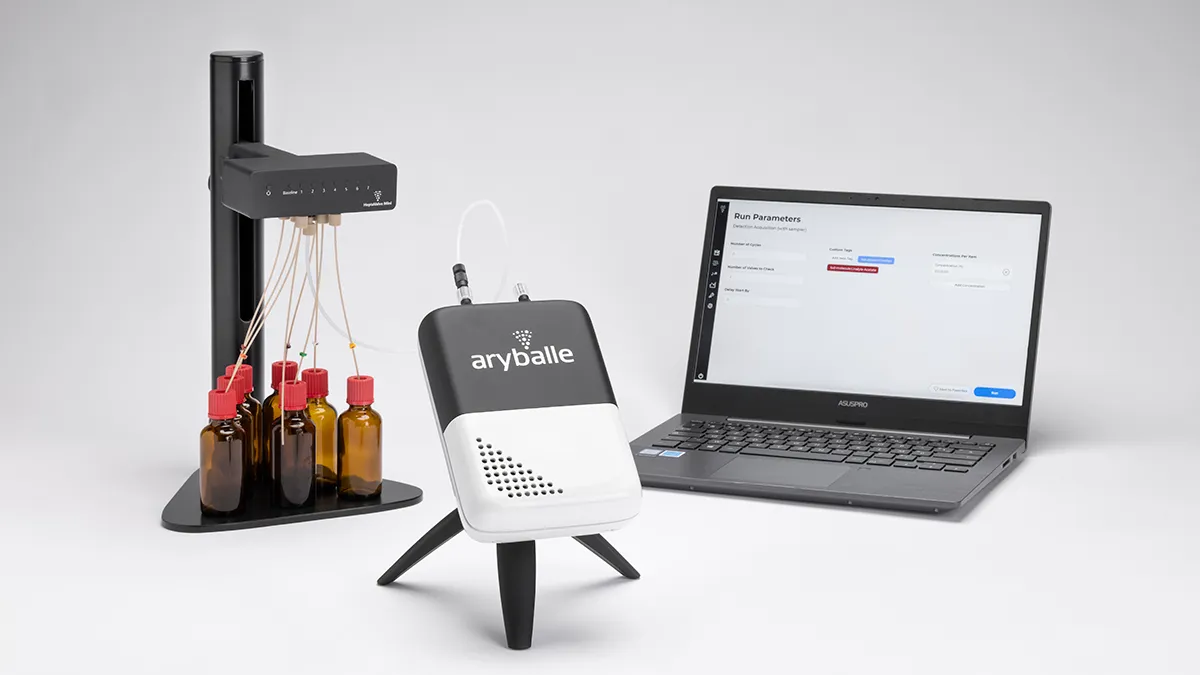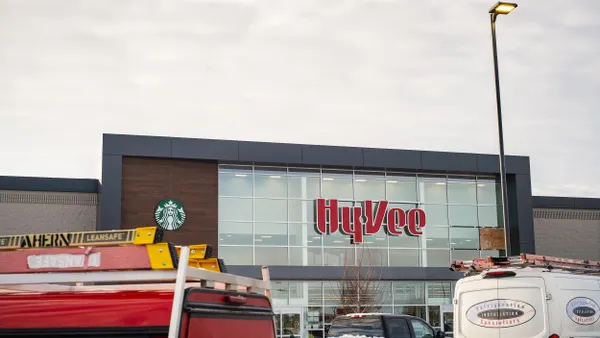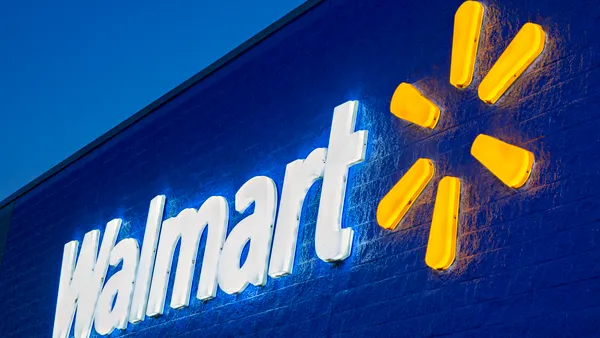Someday, consumers may rely on technology that mimics the way humans smell to help determine how fresh food is.
The odor-sensing technology could get integrated into smart kitchens, used in portable devices that shoppers bring to grocery stores, or placed inside packaging. The technology promises to offer greater transparency around freshness, especially for finicky fruits and vegetables like avocados that are notoriously difficult to gauge the ripeness of, empowering shoppers and retailers with new ways of approaching fresh items.
In a bid to reach consumers and have wider deployment, Aryballe, a France-based digital olfaction company with commercial operations in the U.S., is highlighting the portability of its new NeOse Advance, which is roughly the size of two stacked smartphones and weighs less than 1 pound, said Sam Guilaumé, the company's co-founder and CEO.
Released in June, the NeOse Advance couples cloud-enabled software with a device using a small sensor and machine learning to objectively detect and recognize odors and provide a freshness index. First, the device smells the “fresh air” for a baseline and then the sample, followed by the baseline again before indicating if the food is safe to consume, Guilaumé explained.
Because taste and smell can indicate spoilage before visual cues, Aromyx, a biotechnology firm in Silicon Valley, envisions using digital olfaction in food packaging, said Morgan Moncada, who works on product development for the firm. The company provides custom assay kits and data analytics software solutions, working with several "large incumbent food and beverage companies," which Moncada declined to name.
“We've talked about embedding [our] biosensors into test strips … that change color when there's an odor change,” Moncada said. “In the future, maybe five years down the line, there are little color indicators in packaging at the grocery store that turn blue when these receptors are activated that are correlated with spoilage, for example.”
By giving more precise measurements around expiration, digital olfaction can help improve and optimize shelf-life, lifting the "black box" Moncada said customers face with the freshness of items like meat.
Moncada also sees opportunities for the technology to help companies develop nontoxic ways to preserve food without altering its sensory quality, which could reduce shrink. Grocers are looking to reduce food waste with some turning to technology that determines freshness. For example, Apeel, which uses a protective edible "skin" to extend shelf life, can "see" inside produce to collect data about freshness, ripeness and other quality aspects at distribution centers and packing houses.
For manufacturers, digital olfaction can ensure consistency with how products taste, recognize when food starts to absorb odors from packaging and even add scents to packaging. Along the supply chain, Aryballe sees several potential use cases for quality control and food safety. For example, the technology can tell how mature an avocado is or if grain has become moldy by detecting moisture.
While the NeOse Advance can tell if something is rotting among a group of tomatoes, it can’t single out which tomato is bad without testing each item individually, which makes it more ideal for testing a few items at a time.
On the consumer front, the French company envisions its technology getting integrated into smart kitchens, where it can suggest recipes and, with sensors in ovens, alert people to burning food. Guilaumé declined to list specific costs, but said the NeOse Advance is a "fraction" of the cost of human panels for taste testing, which can also be time-consuming and subjective.
Moncada of Aromyx says digital olfaction can identify white space and opportunities for new products based on taste and smell profiles: “We're working with a lot of companies eager to capture new consumer health interest with [not only] redesign of previous products, but also creation of entirely new products.”
Testing out digital olfaction
As the science and technology of odor advance, Aryballe and Aromyx have been testing their digital olfaction solutions to optimize them for manufacturers, retailers and consumers.
For example, Aryballe has run tests to see how accurate digital olfaction is for detecting limonene oxidation, distinguishing between various types of vanillin and characterizing coffee samples. In one experiment, Aryballe found that its digital olfaction, when coupled with an amplifier, could distinguish between several varieties of flavored water along with unflavored water.
Meanwhile, Aromyx recently used its digital olfaction in a project where it detected wine contamination and in another one where it identified spoilage of bottled lemon juice, Moncada said.
The company is also working to sniff out odor residue that gets baked into recycled plastics, resulting in a bad smell — a project that could have implications for grocery and other industries looking to ramp up sustainability efforts.
“We're essentially mapping out which receptors are detecting the widest set of odors and then developing an on-site testing or some sort of rapid testing service where they could send us samples on a daily or weekly basis and then we can provide them direction as to, ‘Okay, this is the best batch that you got from your supplier. This one is not a good batch,’” Moncada said.
Challenges ahead
One of the reasons odor-sensing technology hasn't achieved widespread adoption in the food and beverage sectors yet is because there’s a shift occurring from e-noses using chemical sensors, which are “pretty pervasive” in the food industry, to biological sensors that are closer to human perception of olfaction, said Robert Pellegrino, postdoctoral fellow at the Monell Chemical Senses Center in Philadelphia, which is building a digital system that can quantify and describe an odor.
“Very specific applications of e-noses seem to be effective at figuring things out … but a more general perception of odors is a long ways off until, first, we really understand the biology underpinning it, but then also we understand the perceptual field that we interact with,” Pellegrino said. “We understand color space. We understand how auditory space works, but we don't [fully] understand how smell works.”
For biological sensors to have their breakthrough moment, Pellegrino said more data is needed to continue learning how olfactory receptors work. "For COVID-19, there was a lot more recognition for smell because of the symptom of losing it, and so I think funding has started to increase as we realize that we don't know a lot about it," Pellegrino said.
Expecting competition to heat up in the digital olfaction space, Aryballe and Aromyx both point to their odor datasets as key assets.
Aromyx plans to grow its dataset with funds from its recently announced $10 million Series A funding, increasing its testing capacity with the goal of tripling the number of products tested this year. The company is also speeding up operations with newly bought Hamilton Robotics, Moncada said.
"If we can generate data faster — which we can and we have done over the past several years ... then I think you're going to see even more success from this company," Moncada said.
Meanwhile, as Aryballe builds out its odor database, the company has pointed to the complexity of defining and characterizing different smells and called for standards in the digital olfaction space. On its website, the company says: "Establishing standards will not only have the benefit of a wider base of users and lower barrier to entry, but will lead to new, innovative applications."












